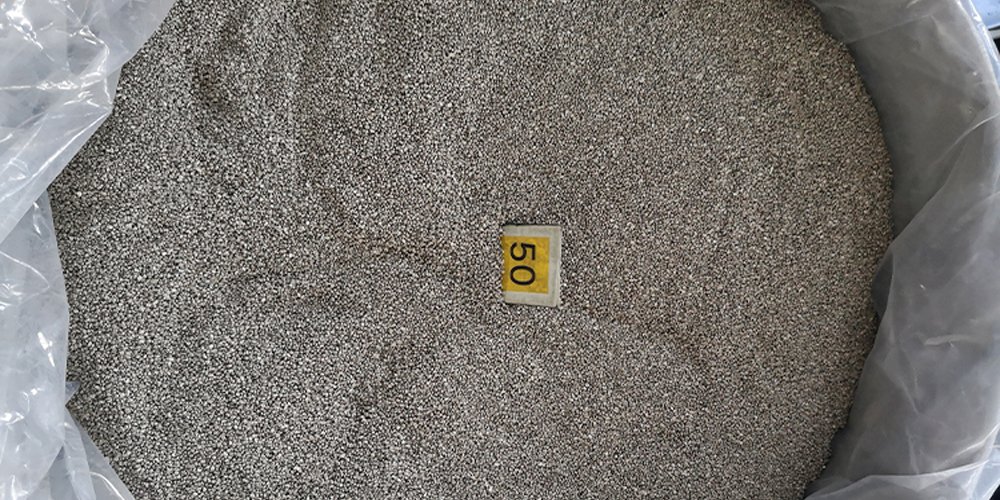The main use of calcium metal (calcium containing intermediate alloy) in the iron and steel industry is processed into calcium metal particles, and then made into calcium iron wire or pure calcium wire, and finally used in the furnace refining of steel, its role is desulfurization, deoxidation, increase the fluidity of molten steel, promote the rapid floating of inclusions in molten steel, generally used in the production of high-quality steel; Used as a dehydrating agent to produce anhydrous alcohol ; In the petroleum industry, it is used as a desulfurizer, and in the metallurgical industry, it is used to remove oxygen or sulfur.
Electrolysis method: Put the dried anhydrous calcium chloride into the electrolytic cell, melt the raw materials next to the anode (graphite) in the electrolytic cell with oxyacetylene flame spray, that is, open the cooling water, put the cathode (round steel) down, contact the surface of the liquid material, and pass the current. The molten liquid flows to the cathode to close the circuit. After most of the raw material is melted, continue to add new material until it is 2 ~ 3cm away from the tank and the temperature is normal. The metal calcium is deposited on the cathode and the current is 350 ~ 450A. The voltage is 20 to 25V, and the current should be reduced by 50100A before striking the metallic calcium deposited on the cathode. After the metal calcium to be knocked down is put into the oil, the cathode then contacts the electrolyte surface, and the current is increased by 50 to 100A. In order to maintain the temperature of the electrolytic cell, the material should be added one after another. The chlorine gas escapes from the anode and is recycled.
Reduction method: limestone is usually used as raw material, calcined into calcium oxide, aluminum powder as a reducing agent, crushed and mixed in proportion, pressed into blocks, reaction under vacuum and temperature, calcium vapor and calcium aluminate are generated, reduced into crystalline calcium, and calcium ingots are obtained by melting casting.

The largest use of calcium metal is in steelmaking because of its strong chemical affinity for oxygen and sulfur. Once the oxides and sulfides are formed, they float in the steel in the form of liquid calcium aluminate and sulfide inclusions. After treatment, these inclusions are dispersed throughout the steel and become small spheres, improving the castability, cleanliness and general mechanical properties of the steel.
Used as a deoxidizing agent for alloys, reducing agent for high-quality metal smelting, desulfurizing agent and decarburizing agent for iron and iron alloys, adjustment agent for special steel crystal size, and cleaning agent for magnesium casting surface. Used in the manufacture of bearing alloys, oil dehydrating agent.
At the same time, the development of metal calcium products is accelerating, and the research and development of new products is constantly innovative. The electrolytic calcium industry technology has been continuously improved, the production technology of thermite reduction calcium has been continuously improved, and the output of single tank has made a major breakthrough. The use of calcium blocks, calcium chips, calcium particles, calcium rods, calcium wires and other products is constantly innovative, and calcium-based alloy products have made major breakthroughs in the application. A new breakthrough has been made in the production technology of silicon calcium fire process, and the industrial test of solid pure calcium core-coated wire has been recognized by end users.
Safety information: